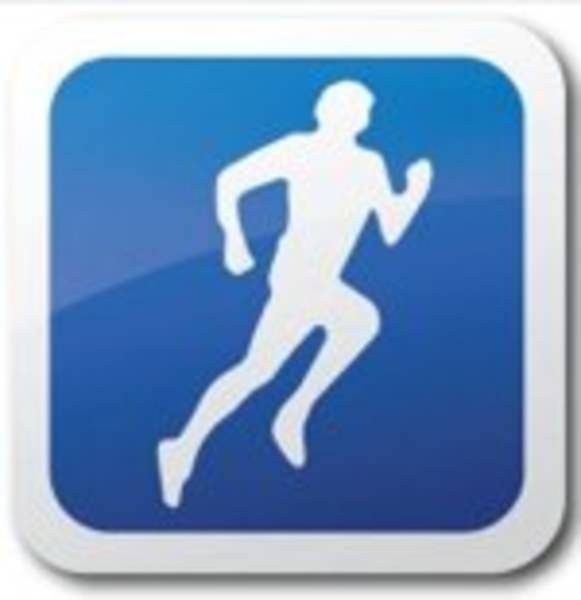Formerly priced at $9.99, fitness-tracker RunKeeper was one of the first 200 apps in the iTunes app store and became one of the store’s top sellers. After a month of free downloads, the company announced today that the product will remain free indefinitely. It’s not about app sales – it’s all about the platform.

RunKeeper doesn’t just keep track of your running, it tracks all kinds of exercise and health data. Other companies have built RunKeeper integration into sensors ranging from heart rate monitors to sleep monitors and bathroom scales. The company says it will launch a public Application Programming Interface this year. Running coaches are already selling training programs on the RunKeeper site and power-users can pay for the RunKeeper Elite level of service. RunKeeper is worth paying attention to even if you don’t use it – because it represents a kind of software that could be key in defining the future.
“We are less concerned about short term monetization,” founding CEO Jason Jacobs told us by email today, “and more concerned about building up the biggest, most engaged community of fitness enthusiasts that we can.” Jacobs told us that three million users had downloaded a RunKeeper app over the past 2 years, 1 million of whom downloaded Pro for free in a single week in January. The free and Pro versions of the app both made Apple’s top free and grossing apps of 2010 lists.
We wrote about RunKeeper as an example of the quantified self when it announced a small round of funding from O’Reilly AlphaTech Ventures in November. Bryce Roberts, co-founder of that fund, wrote the following about the investment:
You see, what appears to be a pretty straight forward running app is actually just the wedge to a much bigger opportunity. By leveraging many of the trends we’ve been tracking under the theme of the quantified self we see a huge opportunity in data being collected from a whole new wave of sensors such as phones, watches, shoes, video games and many that aren’t even on the market yet. FitnessKeeper has the opportunity to layer social dynamics, expert advice, community and game mechanics to create value from this data and we think that’s exciting.
RunKeeper and the Internet of Things
When the instrumented world, or The Internet of Things, arrives in the mainstream – one of the ways it may be interacted with directly by end-users is through apps like RunKeeper. Getting as many sensors into the hands of as many people as possible, for free, is a smart strategy. All that data will be put online for individual and presumably aggregate analysis.
Much like Twitter focused on getting millions of people using its system before worrying too much about revenue (it is now estimated that Twitter will make $150 million this year) – for RunKeeper to amass as many users as possible makes sense. Because it’s all about the platform and the value that can be built on top of it. Ten dollars for an iPhone app might seem like it was a lot of money, but there’s a whole lot more money and impact to be made from a future where millions of people monitor and improve their physical health.
Imagine the possibilities that could emerge if RunKeeper data were considered in a broader context. That’s what Vipul Gupta, Arshan Poursohi, Poornaprajna Udupi, researchers at Sun Microsystems Laboratory, imagined when discussing RunKeeper in reference to their vision of what they call Sensor.Network. (Sensor.Network: An Open Data Exchange for the Web of Things PDF, 2010) The three describe that network as “a web-based infrastructure for storing, sharing, searching, visualizing and analyzing data from heterogeneous devices and facilitating easy interaction amongst devices and end users through an open, REST-based API.”
“For example, the RunKeeper iPhone application and its associated web portal use the GPS sensor built into the iPhone to help runners keep track of their runs. If this data were managed using an open data exchange, a runner could potentially correlate these measurements with data from temperature and humidity sensors in the area for greater insight when evaluating her own performance.”
That’s just the beginning of what would be possible if health performance data on this level were made available for cross-referencing with other data sets, many of which are also just beginning to emerge. The Sun researchers say that the true value of all this data is in “signi?cant insights and actions that enhance the health of our planet and its populations.” I’ll call it an unprecedented opportunity for social self-awareness.










